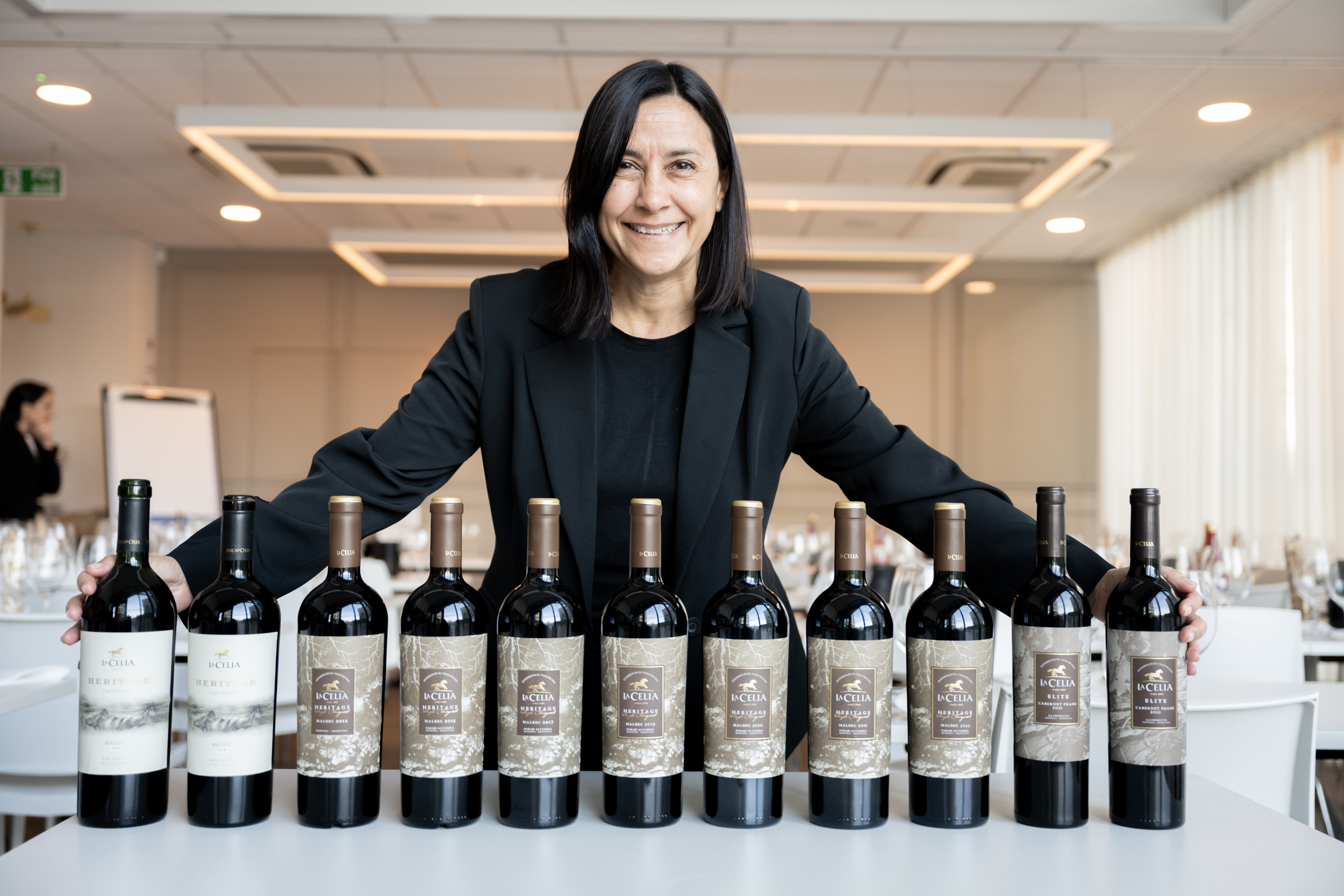Gallo-Roman wine press uncovered in Touraine
By Rupert MillarWhat is thought to be a Gallo-Roman wine press dating to the second century AD has been discovered in Touraine, making it potentially the earliest evidence of winemaking yet found in northern France.
The Gallo-Roman wine press discovered near Tours.
Photo credit: La Nouvelle Republique
The discovery was made by an archaeological team from France’s Institut National de Recherches Archéologiques Préventives (INRAP) de Tours ahead of scheduled construction work to widen the A10 motorway.
The site is located in Vaugourdon, on the River Indre south of Tours. The team discovered what appears to be a wine press along with a nearby villa and several outbuildings, all of which date to the 2nd century AD. The skeleton of an adult female was also discovered at the site but it hasn’t yet been determined if her body dates from the same period as the buildings or perhaps later.
The press itself is well preserved with a substantial vat constructed of bricks and mortar for collecting the grape must being the most prominent feature.
The lead archaeologist at the dig, Nicholas Fouillet, told local news that residue found in the press had been sent for chemical analysis to prove the site was viticultural in nature.
If it is the case then the find is an exceptionally rare one not just in Touraine but northern France as a whole and would show there was viticulture in the area 1,900 years ago, much earlier than previously thought.
Winemaking in Roman Gaul, especially in this period, was predominantly based in the Mediterranean south of the country, and most evidence points to it creeping north to areas such as the Loire much later in the Roman period; as late as the 3rd century AD.
The famous saint, Martin of Tours, is a patron of vintners, vine-growers and winemakers and his wine-related hagiography is firmly linked to the area. He is credited with encouraging the spread of viticulture throughout the Touraine region, introducing Chenin Blanc and supposedly his donkey ‘discovered’ pruning by nibbling the foliage of a monastery’s vineyard (though there is an Ancient Greek myth where Aristaeus discovers this by watching a goat do the same thing).
Partner Content
But St Martin lived in the 4th century AD so this new site is as much as two centuries older.
The discovery of one winemaking site does not prove that viticulture was a large, flourishing industry in the Loire during this period of course but it does (potentially) show that limited viticulture was a reality and much more widespread in early Roman Gaul than former evidence suggested.
The nearby villa, with an exceptionally well-preserved hypercaust system, may slightly pre-date the wine press and Fouillet said it was possible that the owner of the villa, whether they lived on site permanently or not, may have derived much of their income from agri/viticulture.




